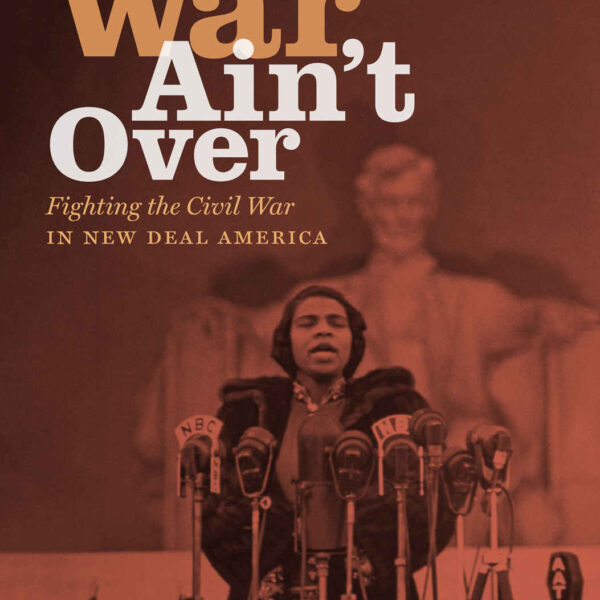In Patriots Twice: Former Confederates and the Building of America after the Civil War, author Stephen M. Hood seeks to highlight the postwar lives and accomplishments of 220 Confederate veterans. Hood asserts that while historical accounts often focus on the wartime service of these soldiers, these studies do not provide as much detail as to what the veterans did after the conflict. The author looks to fill this void by explaining the accomplishments of Confederate veterans and how their actions helped to rebuild the country after the conclusion of the American Civil War. Hood also submits that the presence of Confederate veterans in positions of authority during the postwar period suggests that their Union counterparts welcomed the former Confederates back into the country. Although the author makes this supposition at the beginning of the work, he does not provide substantive evidence to support this contention. Rather, Hood seems to suggest that the mere presence of the veterans in their positions should suffice as substantial evidence.
Dividing his study into eight sections, Hood identifies the postwar accomplishments of Confederate veterans who served in the United States Congress, United States armed forces, various presidential administrations, and as governors. Regarding political appointees, Hood’s study ranges from the presidencies of Ulysses S. Grant through Woodrow Wilson.
When compiling the list of presidential appointees, the author provides varying lengths of biographical sketches for his chosen veterans. For example, while Hood offers a cursory reference to Grant’s diplomatic appointees James Lawrence Orr and Darwin Ponton Fenner, the author discusses Grover Cleveland’s Secretary of the Interior, Lucius Quintus Cincinnatus Lamar II, at greater length. Hood also is vague on the contributions of John Singleton Mosby during his time as consul to Hong Kong. Hood states that “Mosby exposed corruption” while serving as the American consul to Hong Kong, but he does not specify what corruption Mosby was responsible for unearthing (23). The vagueness of Mosby’s role in Hong Kong underscores a larger need for Hood to explain the greater significance of the postwar contributions that were made by the Confederate veterans. Rather than simply listing those who served in varying roles within the United States government and military, the work would have benefited from Hood providing a smaller sample size of Confederate veterans and including an extended discussion of the significance and/or successes of the contributions made by these veterans. By explaining the significance and/or successes of their efforts, Hood could have made stronger connections as to how the veterans provided tangible contributions to the rebuilding and reconciliation of the country.
In sections four through eight, Hood highlights the works of Confederate veterans who held important roles as city founders, officers of professional societies, administrators of higher education, professors, and philanthropists. For example, Hood notes that while Confederate veteran Stephen Dill Lee helped to establish Mississippi State University, Joseph LeConte made his contribution by co-founding the Sierra Club. Connected to this discussion of achievements, Hood alludes to the relevance of his work by referencing the controversy surrounding historical monuments and the attempts to evaluate the continued presence of these memorials in public places. By discussing the various achievements of the Confederate veterans, the author seems to be trying to justify the continued presence of Confederate memorials and monuments.
Hood’s work serves as a starting reference point for those wanting to identify and further examine Confederates who contributed various governmental, military, educational, and professional advancements in the postwar period. For quick reference, the author also includes an appendix that allows readers to search for Confederate veterans and their accomplishments. Hood’s annotated appendix also includes references to veterans who were not mentioned in the book, including law enforcement officers killed in the line of duty during the postwar period. Hood should be commended for scouring a wide range of sources to compile this list of veterans as the author gathered information from articles, books, and websites to create the biographical sketches. Several drawbacks of Hood’s work derive from a number of grammatical errors contained within the book, including misspelled words, omitted nouns, capitalization errors, and incorrect verb tenses. The author also mistakenly provides the incorrect date for the Spanish-American War. The grammatical mistakes sometimes distracted the reader from the book’s content and needed to be rectified.
Ryan Bixby is Instructor of History and Geography at Three Rivers College. His scholarship is focused on the environmental and socio-economic impacts of the Civil War.





